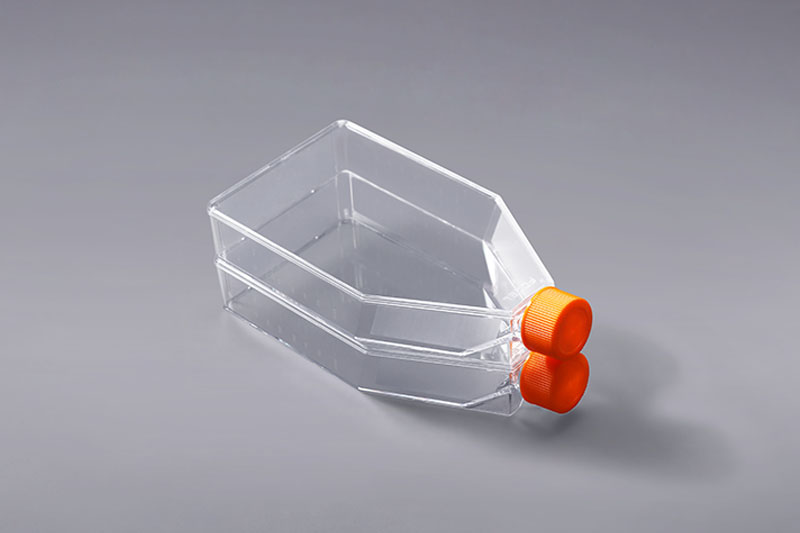細胞培養は、生命科学の分野で一般的に使用されている科学的研究方法です。 細胞培養フラスコは、実験室での中規模の細胞組織培養に適した消耗品です。細胞培養は無菌環境で行う必要があります。細胞培養中のあらゆる種類の汚染をどのように回避できますか?
まず第一に、細胞培養の汚染源は主に3つの側面から来ています。一方では、化学汚染とは、細胞に対して毒性または刺激性のあるいくつかの化学物質を指します。これらの汚染は、一般的に、洗浄されていない器具や不純な化学試薬に起因します。そして質の悪い蒸留水。それらの中で、細菌内毒素は細胞増殖と実験結果により大きな影響を及ぼします。それは臨床熱の主な源です。臨床医学における細胞培養によって産生されるワクチンおよびサイトカインの産生は、薬物の産生過程において回避されるべきである。毒素の汚染。化学汚染を減らすためには、高品質の蒸留水を使用し、可能な限り使い捨ての細胞培養容器を使用する必要があります。
一方、細菌、カビ、酵母による汚染などの生物学的汚染があります。比較的簡単に見つけることができ、ウイルス、マイコプラズマ、および比較的見つけるのが難しい他の細胞による汚染。その中で、ウイルス汚染粒子は非常に小さく、一般に細胞内に潜んでおり、細胞培養全体に致命的ではないため、研究者はウイルスの影響を受けた細胞検査結果を得ることができます。一般に、生物汚染は細胞培養の操作中に発生するため、良好な細胞培養の操作環境と操作習慣が生物学的汚染を減らすための鍵となります。
一方、汚染は主に不適切な操作に関連しています。たとえば、多くの実験者は手を洗わず、アルコールを噴霧するだけで実験室に入る。細胞培養スクエアフラスコと培養液を保持するときは、ボトルネック部分を保持しないでください。超クリーンベンチには物が多すぎます待ってください。細胞実験の結果に影響を与えないように、細胞培養実験では上記の側面に注意してください。
The FAI climbed 5.9 percent year-on-year in the first 11 months of 2018, quickening from the 5.7-percent growth in Jan-Oct, the National Bureau of Statistics (NBS) said Friday in an online statement.
The key indicator of investment, dubbed a major growth driver, hit the bottom in August and has since started to rebound steadily.
In the face of emerging economic challenges home and abroad, China has stepped up efforts to stabilize investment, in particular rolling out measures to motivate private investors and channel funds into infrastructure.
Friday's data showed private investment, accounting for more than 60 percent of the total FAI, expanded by a brisk 8.7 percent.
NBS spokesperson Mao Shengyong said funds into weak economic links registered rapid increases as investment in environmental protection and agriculture jumped 42 percent and 12.5 percent respectively, much faster than the average.
In breakdown, investment in high-tech and equipment manufacturing remained vigorous with 16.1-percent and 11.6-percent increases respectively in the first 11 months. Infrastructure investment gained 3.7 percent, staying flat. Investment in property development rose 9.7 percent, also unchanged.
 English
English



















































